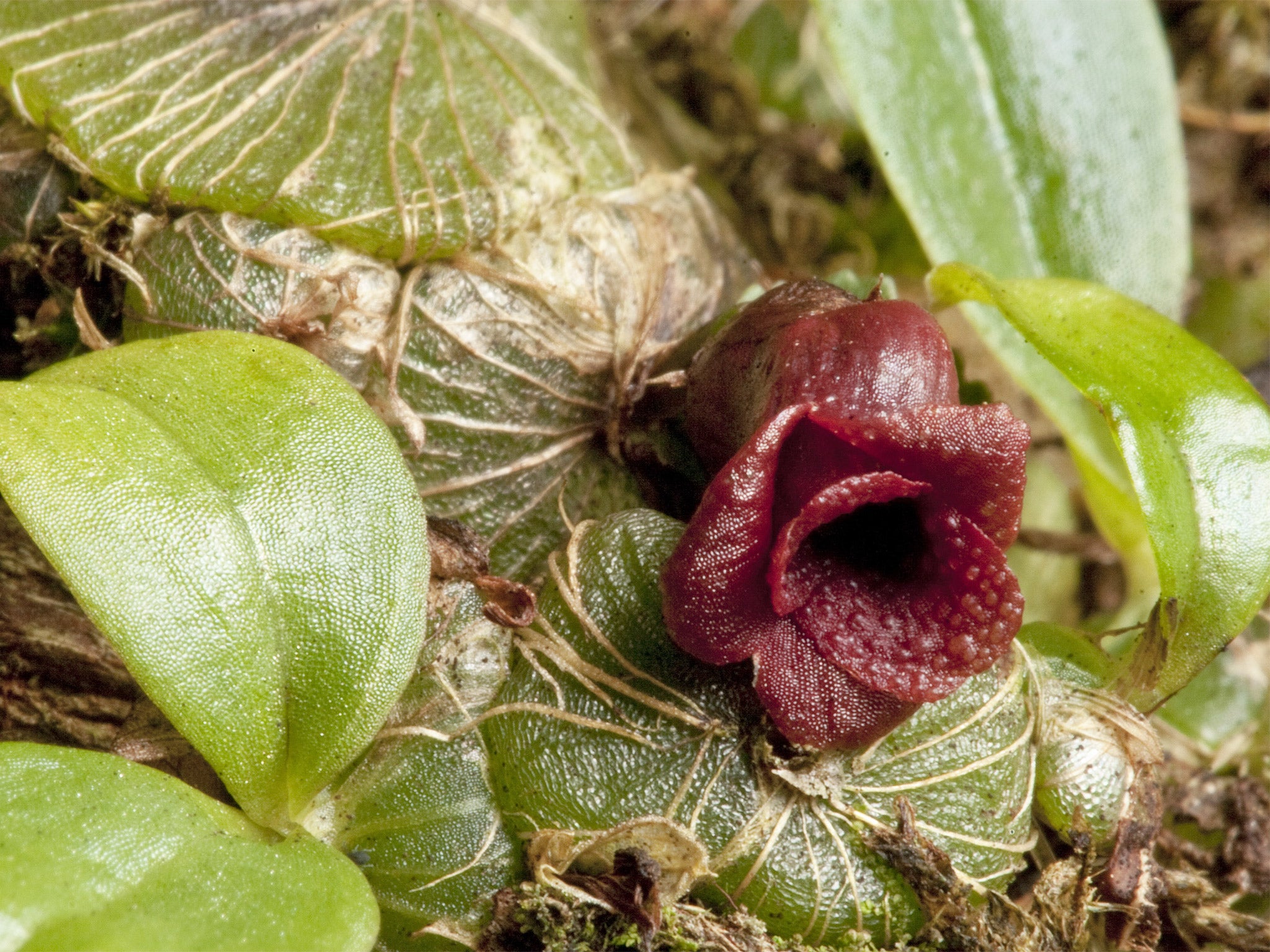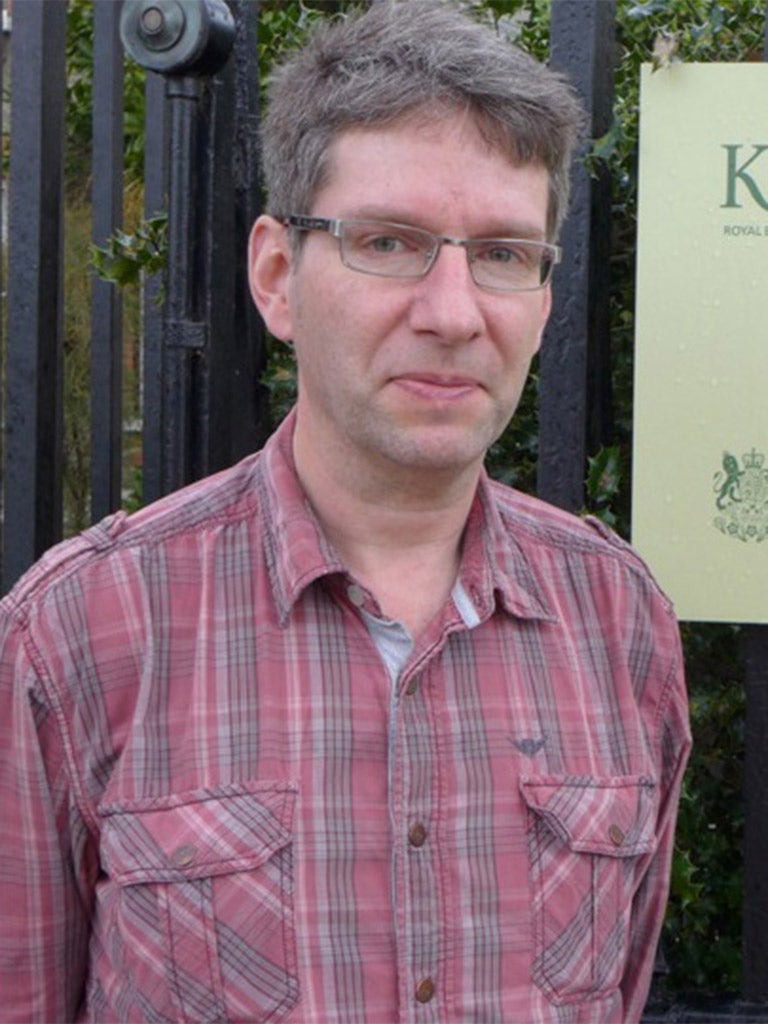Unknown orchid rescued from Cambodian killing fields
Botanists from Kew Gardens braved heavily mined jungle

Botanists from Kew Gardens risked their lives in Cambodian jungles littered with unexploded mines to bring back an orchid never before recorded by science.
Researchers had no idea that the orchid, one of 200 plants collected in a former stronghold of the Kymer Rouge, was a new species until it flowered months later in a Kew hothouse. It boasts a pink marble-size flower which was spotted as staff prepared for the annual Alluring Orchids festival which starts tomorrow.
Even now, the region where the flower was collected remains a dangerous place with thousands of mines, booby-traps and other ordinance left over from the Seventies’ war. Moreover, drugs gangs and illegal loggers have moved into the area making it especially hazardous.
The 700sq km area where the orchids were collected in the Cardamom Mountains remains so dangerous – and the scientific facilities are so limited – that experts from Kew were given permission to take plants collected from the jungle back to Britain to be identified.
Researcher André Schuiteman said: “The area isn’t very well known to botanists. We had to have a local guide to keep us safe – you daren’t go there alone.
“We had to have armed guards because there are drug gangs operating there. There are also illegal loggers in the region and if you stumble across them they can be aggressive.”

Among the samples taken and kept safe at Kew as experts waited for them to bloom – once in flower, the type of orchid can be identified – were 20 species that had been seen elsewhere but never before in Cambodia and one that was entirely new to science.
It came into flower a few weeks before Christmas and while it comes from the Porpax genus it has yet to be named.
About half the 200 plants collected on the expedition, which took place in 2013, have now come into flower.
Mr Schuiteman said that plant-collecting expeditions typically only find about 20 per cent of the species in a region so it is quite possible that there are more discoveries to be made – and even that the remaining specimens still to flower at Kew could include other unknown species.
Join our commenting forum
Join thought-provoking conversations, follow other Independent readers and see their replies
Comments
Bookmark popover
Removed from bookmarks